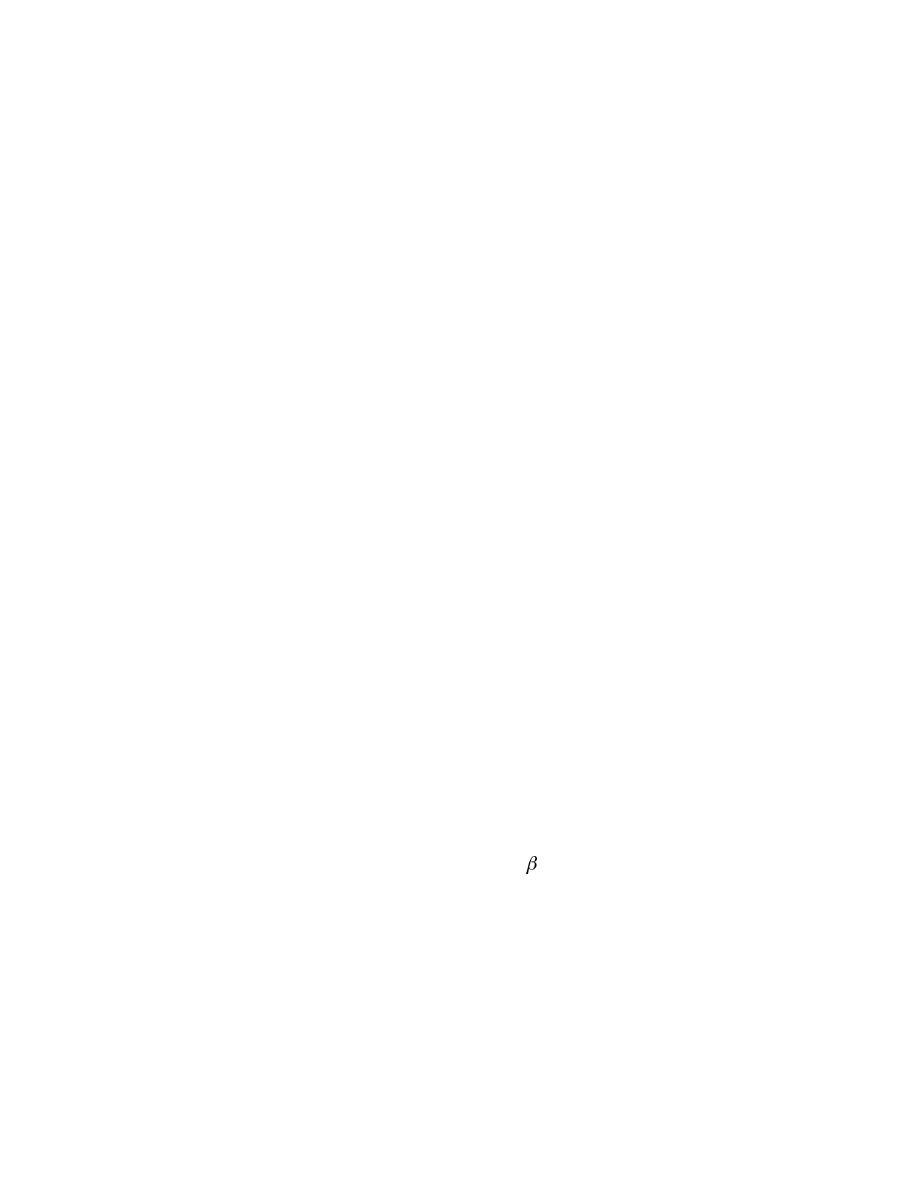 |
||
|
|
||
| |||||||||||||||
|
|
 ERDC TN-DOER-C30
February 2003
B.
REAGENT PREPARATION
1) Cell lysis buffer (1x)
a) Pipet 100 mL of ultra-pure water into 50 mL of the 3x cell lysis buffer in a
beaker.
b) Transfer 12.5 mL of the 1x cell lysis buffer in 15-mL tubes.
c) Store tubes in -80 C freezer.
2) ONPG substrate
a) Make a stock solution of 100-mM NaH2PO4, pH 7.5.
i) Weight 6 g of anhydrous NaH2PO4 into a 500-mL volumetric flask.
ii) Add ultra-pure water to dissolve the crystals, leaving room to adjust the
pH with NaOH (5 M).
iii) Adjust the pH to 7.5 using a 5-M solution of NaOH.
iv) Bring the final volume up to 500 mL.
v) Store in a refrigerator until needed.
b) Weigh out 0.4 g of ONPG into a 100-mL volumetric flask, then bring up to
100 mL with the 100-mM NaH2PO4 solution prepared in step 2a.
c) Aliquot into 5.5-mL portions and store in a -20 C freezer until needed. This
aliquot is sufficient for one 96-well plate.
d) On the day the assay is to be conducted, remove one aliquot per assay plate
and place in a 37 C water bath.
3) Buffer A
a) Make a stock solution of 100-mM NaH2PO4, pH 7.5, with 10-mM KCl and
1-mM MgSO4.
Weigh out 0.373 g of anhydrous KCl and 0.123 g of MgSO4* 7 H2O
i)
into a 500-ml volumetric flask.
ii) Bring the volume to 500 mL with the 100-mM NaH2PO4 solution
prepared in step 2a.
b) Store in the refrigerator until needed.
c) On the day of the assay, add 70 L of -mercaptoethanol to a 20-mL aliquot
of buffer A, and place the mixture in a 37 C water bath. This aliquot is
sufficient for one 96-well plate.
C.
SETTING UP THE SPECTROPHOTOMETER
The spectrophotometer should be a 96-well format, temperature-controlled system with the ability
to run kinetic analysis in the 405- to 420-nm range (yellow). The following directions are for a
Dynex MRX temperature-controlled plate reader with a 405-nm filter and Revelation software for
kinetics analysis.
19
|
|
Privacy Statement - Press Release - Copyright Information. - Contact Us - Support Integrated Publishing |